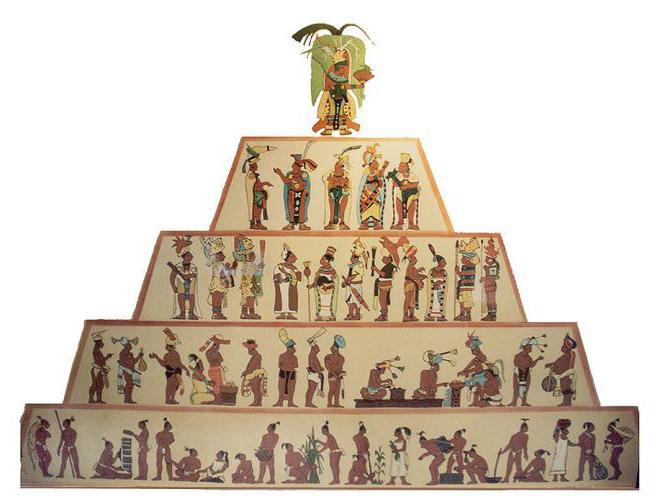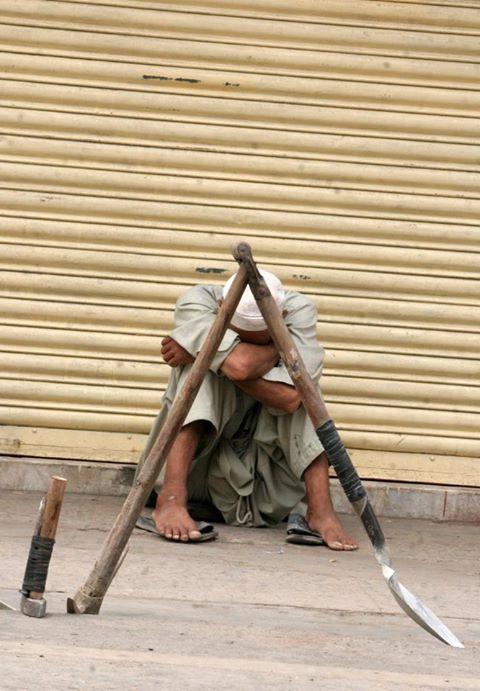Social strata of society. Representatives of social strata
The term "social strata" appeared in the 20th century. These units of the social hierarchy unite people with a certain set of features and characteristics.
Social classes and strata
In science, social strata are an instrumentsocial stratification - the division of society on different grounds. This problem scientists have studied since ancient times. Social strata as a concept appeared in the XX century. Prior to this, other units of the hierarchy-castes and estates-were distributed.
In the nineteenth century, the doctrine of socialclasses. This phenomenon was first investigated by Adam Smith and David Ricardo - classics of political economy. Class theory was most fully developed and discovered by the German scientist Karl Marx. Modern social strata adopted some features of his teaching.

Dichotomous division of society
For social strata, the classification byseveral defining signs. It is welfare, power, education, leisure and consumption. These indicators are signs of inequality and social distances between different members of society.
There are several models of populationlayers. The simplest is the idea of a dichotomy - a duality of society. According to this theory, the society is divided into masses and elites. This specificity was especially characteristic of the most ancient civilizations. In them, pronounced social inequality was the norm. In addition, castes of so-called "initiates" - priests, leaders or elders, appeared in such societies. Modern civilization refused such social constructions.
Social hierarchy
According to modern stratification, sociallayers of society have certain status characteristics that unite people. Between them there is a sense of connectedness and belonging to one community. In this case, the layer indicators carry only an estimate of "better - worse" or "more - less".
For example, if we are talking about education, then peopleare divided into those who have left school or university. Such associations can be continued, speaking about the income or career growth of the individual. In other words, the social strata of society have a strict vertical hierarchy. This is a kind of pyramid, on top of which are the "best." If, for example, we compare basketball fans and folklore lovers, their difference will not be vertical, but horizontal. Such groups do not fall under the definition of social strata.

Concept of status
The main category in the theory of social stratais the status. It is he who is key in the modern stratification of society. The current social strata of the population differ from the nineteenth-century classes by the fact that a person for life is not tied to any group. How does it look in practice? For example, if a boy was born in a poor family, but at the same time he studied well and thanks to his talents was able to achieve a high career position, he, of course, moved from one layer to another.
The status assumes that the person who is to himrefers, must meet certain requirements. They relate to the ability of a member of society to consume and produce goods. For the status, and therefore for the social layer, it is important to observe the established way of life as a norm.

Welfare and Labor
Signs on which representatives are dividedsocial groups can be divided into several groups. For example, they are associated with the economic situation of a person. This group includes the presence of private property, the size and types of income. In general, these signs can be described as the level of material well-being. According to this criterion, poor, middle-income and rich strata are distinguished. You can also cite as an example low-paid and highly paid workers living in municipal housing, property owners, etc.
The concept of social stratum affects the phenomenondivision of labor. In this hierarchy we are talking about the skills and training of the person. The work of each individual finds a different application, and it is in this difference that the next social layer is reflected. For example, we can distinguish workers employed in agriculture, industry, services, etc.

Power and influence
Equally important in the social hierarchy of powerpowers They are determined by the ability of a person to influence others. The source of such abilities may be a high position or possessing socially important knowledge. In this hierarchy, it is possible to distinguish ordinary workers in a municipal enterprise, managers in small business, or, for example, government leaders.
Signs of influence are distinguished into a separate group.authority and prestige. In this case, a big role is played by the assessments of those around you. This indicator cannot be objective, therefore it is very difficult to measure and designate it in some specific frames. According to this characteristic, it is possible to identify informal leaders, famous cultural figures, representatives of the state elite, etc.

Secondary symptoms
Above the main features were described, according towhich built the modern stratification of society. However, in addition to them, there are minor features. They are not decisive, but also affect the position of the individual in the general hierarchy. What social strata are present in society to a greater or lesser extent does not directly depend on these traits. Their character is auxiliary.
Ethnonational trait in different societiesaffects the position of a person in varying degrees. In multicultural countries, this quality does not matter at all. At the same time, there are still enough countries in the modern world where conservative national sentiments reign. In such societies, belonging to someone else’s ethnos may be a decisive factor in determining whether a person is assigned to a particular social stratum.
Other such characteristics are gender and age.religious and cultural traits of man. Their combination influences the circle of communication of the individual and his interests. Also worth noting is a sign associated with the place of residence. In this case, we are mainly talking about a big difference between the townspeople and the villagers.

People with a specific social status
Belonging to a particular group in societyalso depends on some qualities and psychological attitudes of man. In this series, scientists identify a marginal position in society. It turns out the unemployed, people without permanent residence, refugees. In some societies, it can also be persons with disabilities and pensioners whose living conditions are noticeably worse than the rest of the population. Such a social gulf occurs in countries where there is an irresponsible state. If the authorities cannot provide the population with basic signs of a comfortable life, there will be more and more such marginals over time.
People withillegal behavior. These are citizens who have been convicted of their crimes. These include representatives of the criminal world, persons imprisoned in prisons and other correctional labor institutions. People who find themselves in a marginal or criminal group, as a rule, cannot independently climb the social ladder or do not want it at all.


